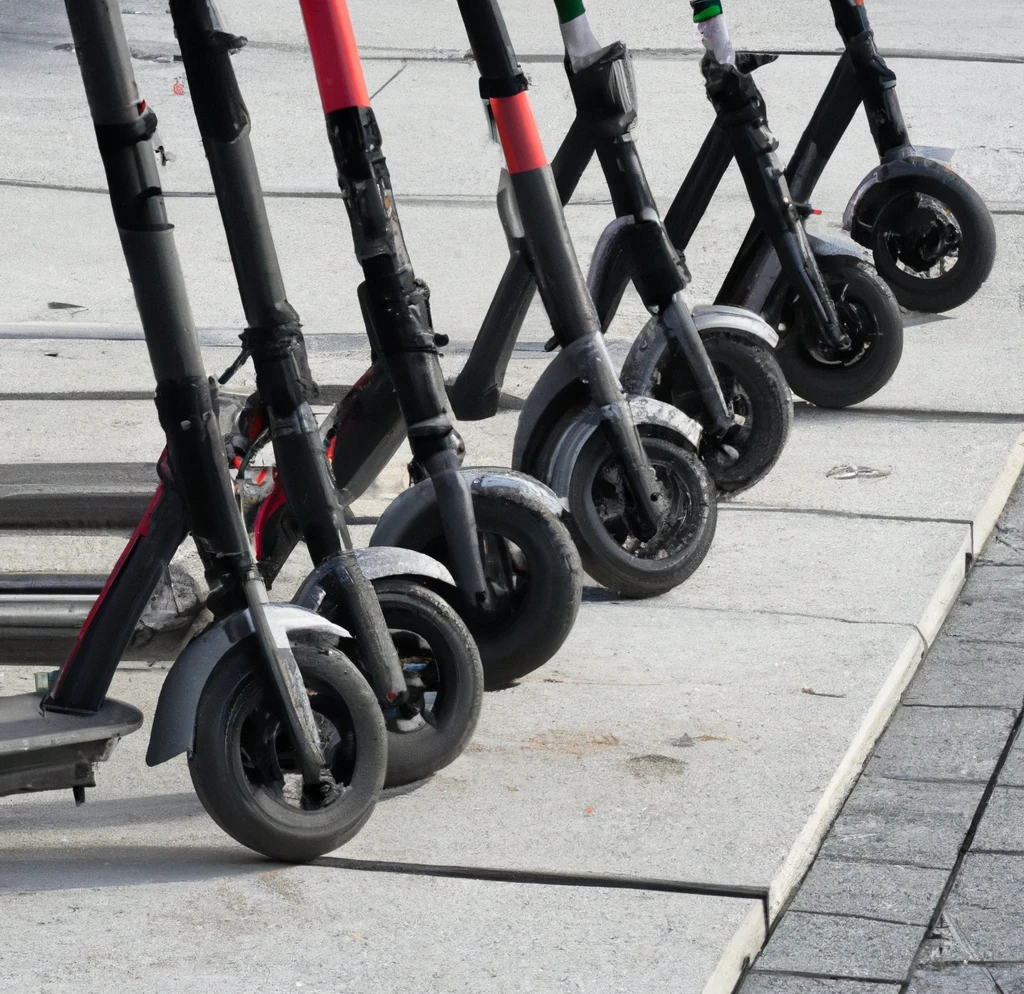You may have noticed a proliferation of electric scooters in large cities. This is due to their convenience and ability to navigate congested streets. There is a sharp divide of opinions about these scooters amongst people who use them versus those who don’t. People who don’t use them are likelier to call them a nuisance and want them banned. They tend to use the accident and injury incidents as ammunition to support their position. While I don’t support banning them, electric scooter accidents, injuries, and even deaths have increased.
1. Increase in Accident Numbers
As the popularity of e-scooters has grown, so has the number of reported accidents. The number of users unfamiliar with e-scooter operations and city streets flooded with these devices have contributed to an uptick in accidents. Many cities have reported an increase in e-scooter-related injuries presenting in emergency rooms.
2. Types of Injuries
Most e-scooter injuries have typically been fractures, sprains, and head injuries. Head injuries have been a significant concern, particularly among riders not wearing helmets. This has spurred discussions about helmet mandates and their efficacy in preventing severe e-scooter injuries.
3. Influence of Infrastructure
A considerable portion of accidents can be attributed to inadequate infrastructure. Poorly maintained roads, lack of dedicated lanes, and insufficient parking spaces for e-scooters have led to avoidable accidents. Riders often have to maneuver through traffic, raising the risk of vehicle collisions.
4. Pedestrian Concerns
Pedestrians have expressed growing concerns about e-scooters on sidewalks. Mixing pedestrians and fast-moving e-scooters can lead to accidents, particularly in densely populated areas. Some cities have addressed this by designating specific zones where e-scooters are prohibited or speed-limited.
5. Regulatory Reactions
In response to the rise in electric scooter accidents, many cities have implemented regulations to ensure the safety of both e-scooter riders and other road users. Common regulations include speed limits, mandatory parking zones, and geofencing areas where riding is restricted.
6. Improved Safety Features
E-scooter companies have also been proactive in addressing safety concerns. Over the years, they have rolled out models with better brakes, lights, and more stable designs. Some have also invested in public awareness campaigns to educate riders about safe riding practices.
7. Role of Alcohol and Distraction
Several studies have pointed to alcohol and distraction (like phone use) contributing to e-scooter accidents. This underlines the importance of personal responsibility when using these devices.
8. Public Perception and Education
As with any new mode of transportation, there is a learning curve for both riders and the public. Over the last five years, a concerted effort has been to educate the public about e-scooter safety. This includes ridership guidelines and etiquette to ensure harmony between road users.
Conclusion
The trends in e-scooter accidents over the past five years present challenges and opportunities. While the increase in accidents underscores the need for better safety measures, it also highlights the adaptability of cities, regulatory bodies, and e-scooter companies in responding to these challenges. As e-scooters continue to play a significant role in urban mobility, the lessons from these trends will be invaluable in ensuring they do so safely and sustainably.


